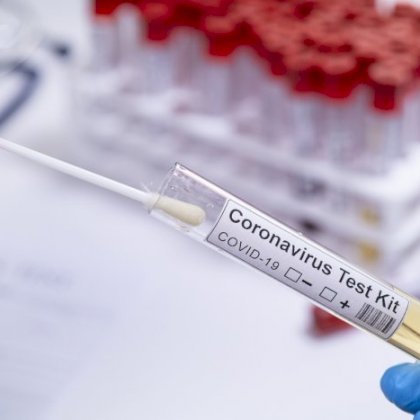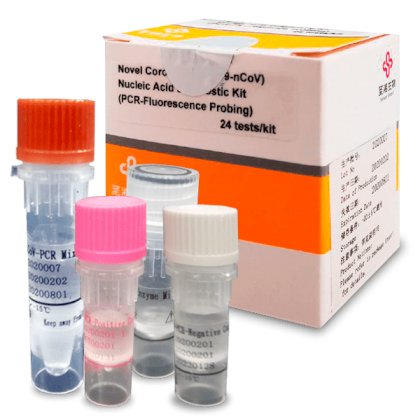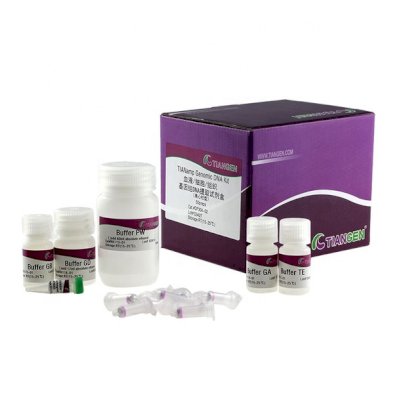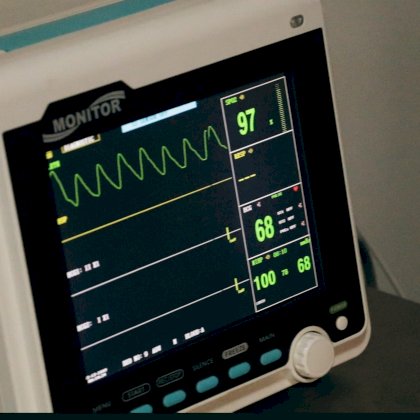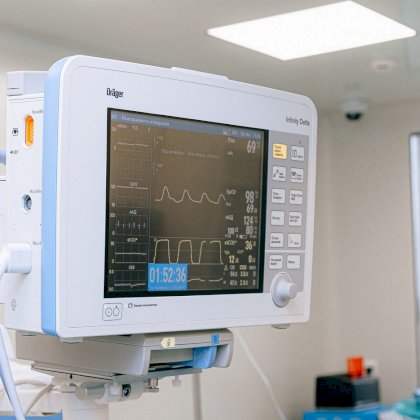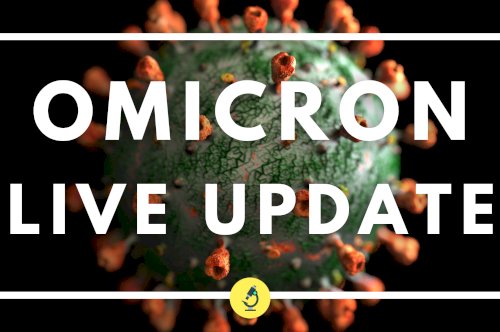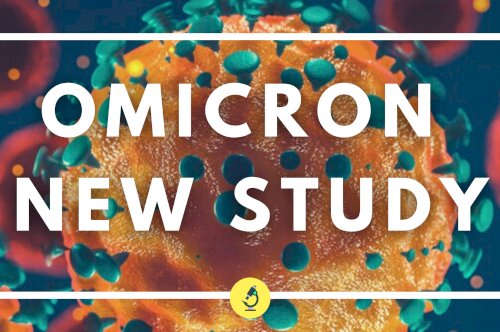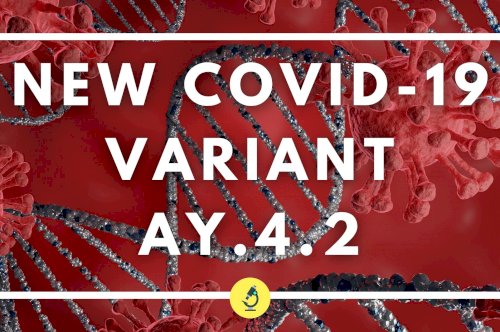New Strains of Corona Virus: Explained
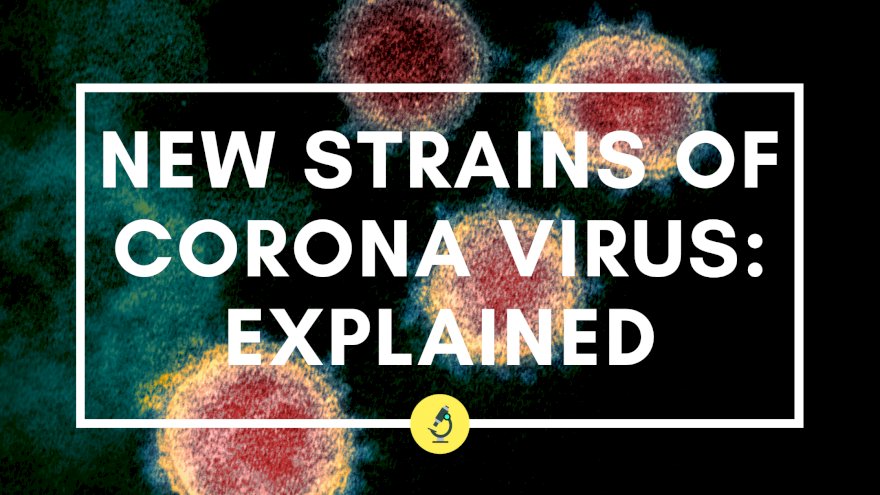
In emerging information about the new variant of the coronavirus SARS-CoV-2 circulating in the UK, one mutation has been of particular concern. The variant called VUI 202012/01 and reported as being capable of transmitting faster among people, is defined by as many as 14 mutations and three deletions in its genetic material. Of particular concern is one mutation, N501Y. While the variant’s potential to impact testing and vaccination results are still being studied, health authorities are largely optimistic that most tests and vaccines will still work.
What is a mutation?
A mutation means an alteration in genetic material. In an RNA virus such as SARS-CoV-2, proteins are made of a sequence of amino acids. Such a virus contains some 30,000 ‘base pairs’, which are like bricks placed next to each other to form a structure. An alteration in this base can be a mutation, effectively changing the shape and behaviour of the virus. In the UK variant, one mutation has made the virus more likely to bind with human proteins called receptors. This is called N501Y.
What is N501Y?
In simple words, the amino acid represented by the letter N, and present at position 501 in the coronavirus genetic structure, has been replaced in that position with another amino acid, represented by Y. The position where this alteration has taken place is in the spike protein’s receptor-binding domain. (It is the spike protein of the virus that binds with the human receptor.) Therefore, the mutation has increased the binding affinity of the coronavirus. The mutated virus reportedly accounts for 60% of recent infections in London. According to the Global Initiative on Sharing Avian Influenza Data (GISAID) database, the same mutation in the receptor binding domain has been independently reported in several countries including South Africa and Australia. Sequence analysis has shown that this mutation originated separately in the UK and South Africa.
What about the other coronavirus mutations?
Mutations are common, but the majority of them cause no alteration in the structure of the proteins they encode — these are called ‘synonymous’ mutations, as they eventually translate to the same amino acids. Another type is ‘non-synonymous’ mutation, which could result in an amino acid change. In the variant circulating in the UK, there are six synonymous alterations and fourteen non-synonymous mutations. In addition, there are three ‘deletions’ — amino acids removed from the sequence. According the World Health Organization (WHO), other than N501Y, mutations that “may influence the transmissibility of the virus in humans” are P681H and HV 69/70.
What are P681H and HV 69/70?
P681H: This mutation has occurred in the amino acid present at 681 — another position in the receptor-binding domain. Here the amino acid P has been replaced with H. The US Centers for Disease Control (CDC) has said this is a site “with high variability in coronaviruses”, and this specific mutation has also emerged spontaneously multiple times. The WHO has said this mutation is of “biological significance”. Researchers have earlier shown that this mutation can promote entry into respiratory epithelial cells and transmission in animal models. Recent samples sequenced at the African Centre of Excellence for Genomics of Infectious Diseases, Redeemer’s University, Nigeria has shown the P681H sequence there. However, researchers say that at present, they “do not have evidence to indicate that the P681H variant is contributing to increased transmission of the virus in Nigeria”.
HV 69/70: This mutation is the result of a deletion of amino acids at positions 69 and 70. These positions are again in the spike protein of the virus. This deletion has been observed in France and South Africa as well. The CDC has said: “This double deletion has occurred spontaneously many times, and likely leads to a change in the shape of (i.e., a conformational change in) the spike protein”. Researchers on behalf of COVID-19 Genomics Consortium UK (CoG-UK), which red-flagged the new variant in the UK, have said in their preliminary report that this deletion was also seen in a mink-associated outbreak in Denmark. In humans, this deletion has been associated with another mutation, N439K, which again occurred the receptor-binding domain. The WHO has highlighted that this deletion can affect the performance of some RT-PCR tests that detect the novel coronavirus.
|
New Strains: What we know so far |
||
|
There may be three widespread strains with the N501Y mutation |
||
(or VOC202012/01) |
|
|
|
|
|
|
|
|
|
|
|
How can it affect RT-PCR tests?
The WHO has said that the deletion at positions 69/70 has been found to affect the performance of some diagnostic PCR assays that use an ‘S gene target’ (in the ‘S’ or spike protein). However, the WHO has also said, “most PCR assays worldwide use multiple targets and therefore the impact of the variant on diagnostics is not anticipated to be significant”. The CDC, too, has said that most commercial PCR tests have multiple targets where they detect the virus, so that even if a mutation impacts one of the targets, the other PCR targets will still work. In fact, infection triggered by the new strain in the UK, too, was detected by the conventional RT-PCR test. “Laboratories using in-house PCR assays that target the S gene of the virus should also be aware of this potential issue. In order to limit the impact on the detection capacities in the countries, an approach using different assays in parallel or multiplex assays targeting different viral genes is also recommended to allow the detection of potential arising variants,” the WHO had recommended.
Will it impact vaccine development?
The CDC has said vaccines approved by the US Food and Drug Administration (FDA) are “polyclonal”, producing antibodies that target several parts of the spike protein. “The virus would likely need to accumulate multiple mutations in the spike protein to evade immunity induced by vaccines or by natural infection,” it has said. And the WHO has said: “Laboratory studies are ongoing to determine whether these variant viruses have different biological properties or alter vaccine efficacy. There is not enough information at present to determine if this variant is associated with any change in severity of clinical disease, antibody response or vaccine efficacy.”
7 symptoms of the new COVID strain- Fatigue
- Loss of appetite
- Headache
- Diarrhoea
- Mental confusion
- Muscle pains
- Skin rash
Source: The Indian Express

